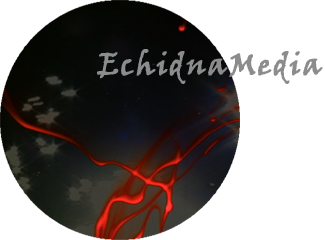 |
Jeremy Knight
theatrical projection design and videography
| ||||||
| |||||||
|
Howards End, America
The weekend's production, presented by Earplay, boasts a first-rate cast of fine local singers... on an ingeniously fluid set supplemented by Jeremy Knight's video projections. Projection Designer and Videographer Jeremy Knight devised a marvelous series of both color and black and white projections and in his set box five screens brilliantly juxtaposed indoors and outdoors. These included Howards End, indoors and out, complete with tree and brick, and the abandoned house covered with sheets, the sea, downtown Boston and Beacon Hill, the Boston Common and the Swan Boats in the Boston Public Garden. These iconic sites came and went unobtrusively, amplifying more than mere atmosphere. Again, the narrative milieu drove us scene by scene, but never were the visuals intrusive or simply decorative. They were so smoothly done that as we shifted from scene to scene, we moved as in a dance, the new space unfolding almost organically from the last... The integration of the projections with text and tone was masterful. Rarely does the degree and quality of the projections themselves so ratify their use. Further, the choices of the particular subjects was more than apt. The particularity of place—garden, bedroom, streets—matched idea and text exceptionally well. Performance photographs by Jeremy Knight 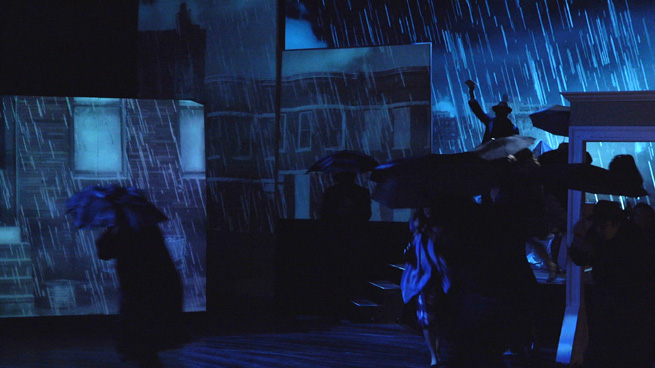
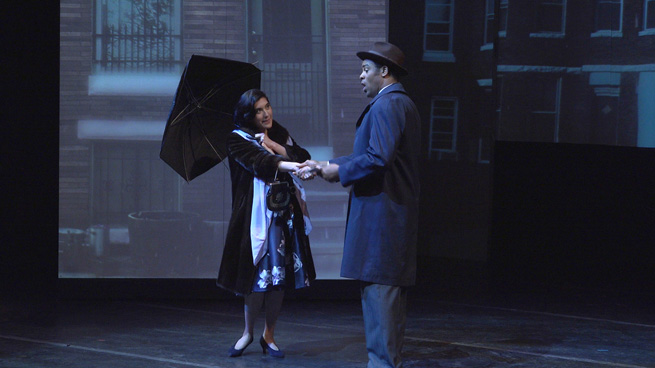
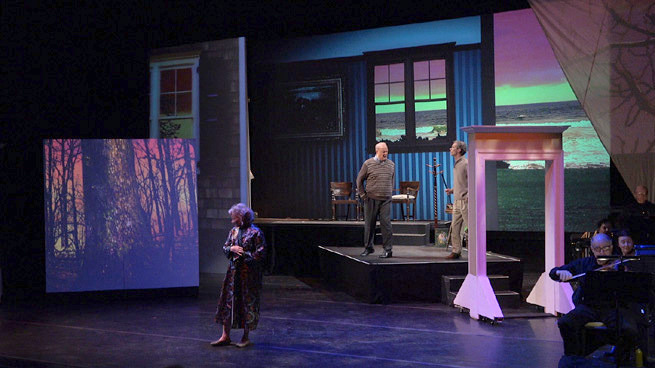
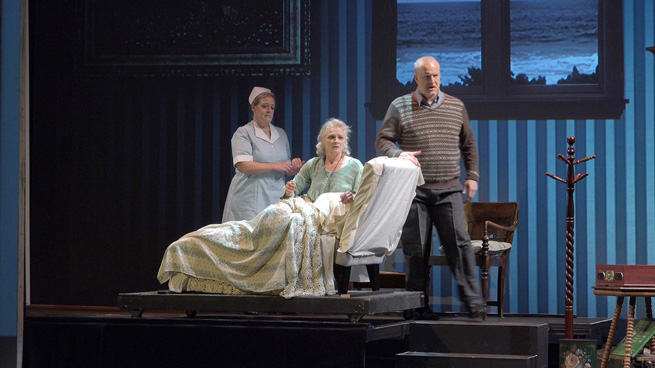
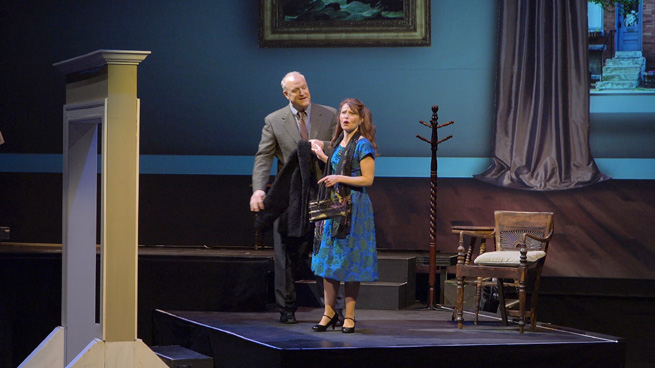
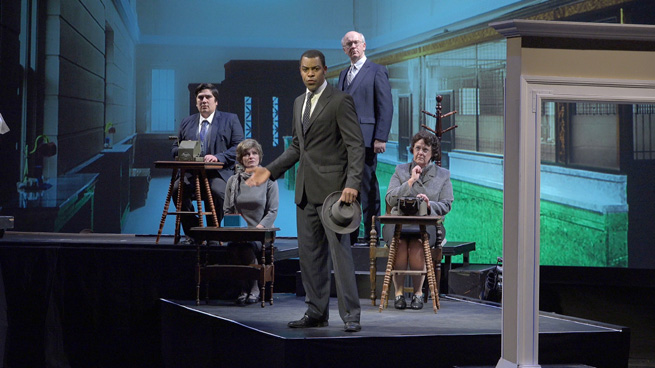
|
COPYRIGHT © 2025 EchidnaMedia
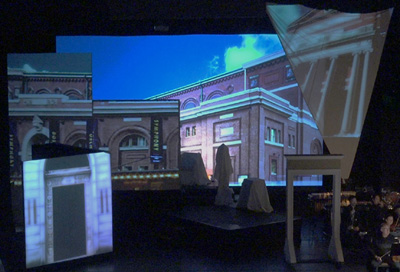 slide-out panel; and another short-throw projector lit a 16' x 12' triangular cloth screen mounted stage-left above the orchestra.
The placement of the large rotating platform and movable door units made placement of the front projectors particularly challenging.
slide-out panel; and another short-throw projector lit a 16' x 12' triangular cloth screen mounted stage-left above the orchestra.
The placement of the large rotating platform and movable door units made placement of the front projectors particularly challenging.